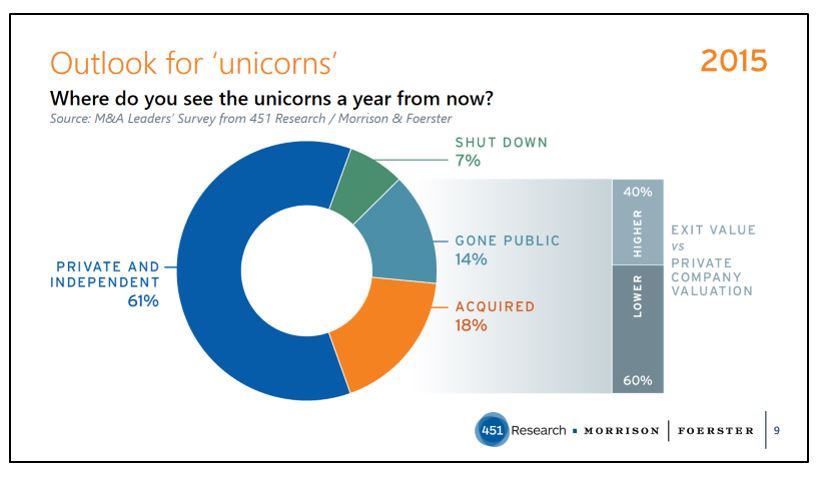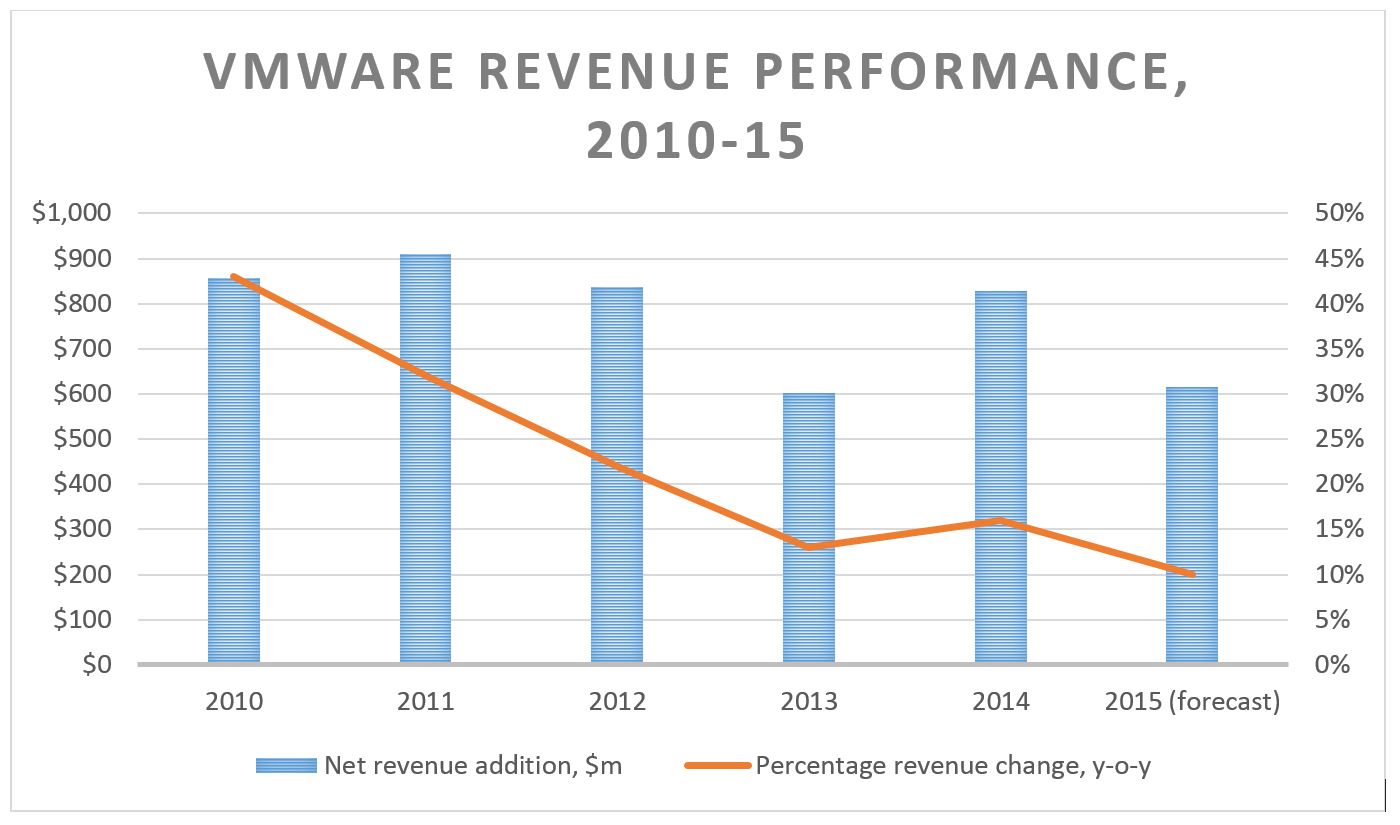by Brenon Daly
Tech giants are having garage sales like never before. What were once viewed as ‘strategic’ businesses at Symantec, Nokia, Intel and others have been placed out on the curb for sale at a record pace in 2015. So far this year, according to 451 Research’s M&A KnowledgeBase, tech companies that trade on US exchanges have already divested $59bn worth of assets. That’s the highest-ever amount for divestitures, and twice the average full-year total over the past decade.
The divestitures are the latest indication of the seismic changes currently sweeping the IT landscape. In some cases, the moves have simply unwound earlier acquisitions that never generated the level of returns the buyer had hoped. Accordingly, buyers-turned-sellers in those situations almost invariably take a bath on the deal, like Nokia selling its mapping business in August for $2.7bn after shelling out $8.1bn for Navteq eight years earlier.
Those ‘coming and going’ divestitures are a fairly standard part of any corporate portfolio review, taking place in virtually every economic cycle. What has elevated divestiture activity in 2015 to record levels is the unprecedented corporate overhauls of many tech giants. That has put more parts in play. For instance, eBay dumped two sideline divisions when it sold PayPal last summer.
Even more dramatically, Hewlett-Packard, which cleaved itself into two $50bn-revenue companies a few weeks ago, has punted five businesses this year – as many divestitures as it had done, collectively, over the previous half-decade, according to the KnowledgeBase. Its latest move to unload TippingPoint sparked additional rumors that HP might look to shed another piece of its security portfolio, ArcSight. That business has been relatively dormant within HP since the mid-2010 acquisition, despite the steady growth in the security information and event management market.
Looking ahead, the divestiture pipeline appears even fuller for 2016. A number of vendors have already indicated that they are looking to sell off businesses, including Citrix, Intuit and Teradata. In addition to the disclosed plans, there’s speculation that Intel could unwind its McAfee unit. (Last summer, Intel ended its experiment with API management, discarding Mashery after owning it for about two years.) And then there’s a long list of assets that Dell might look to divest to help cut the cost of the tech industry’s largest deal, provided it does indeed close. We could certainly envision several ‘pearls’ in EMC’s ‘string of pearls’ being on the auction block, including RSA and Documentum. If they do sell, both the content management and security businesses would be billion-dollar divestitures.
Divestitures by US-listed tech companies
|
Source: 451 Research’s M&A KnowledgeBase


